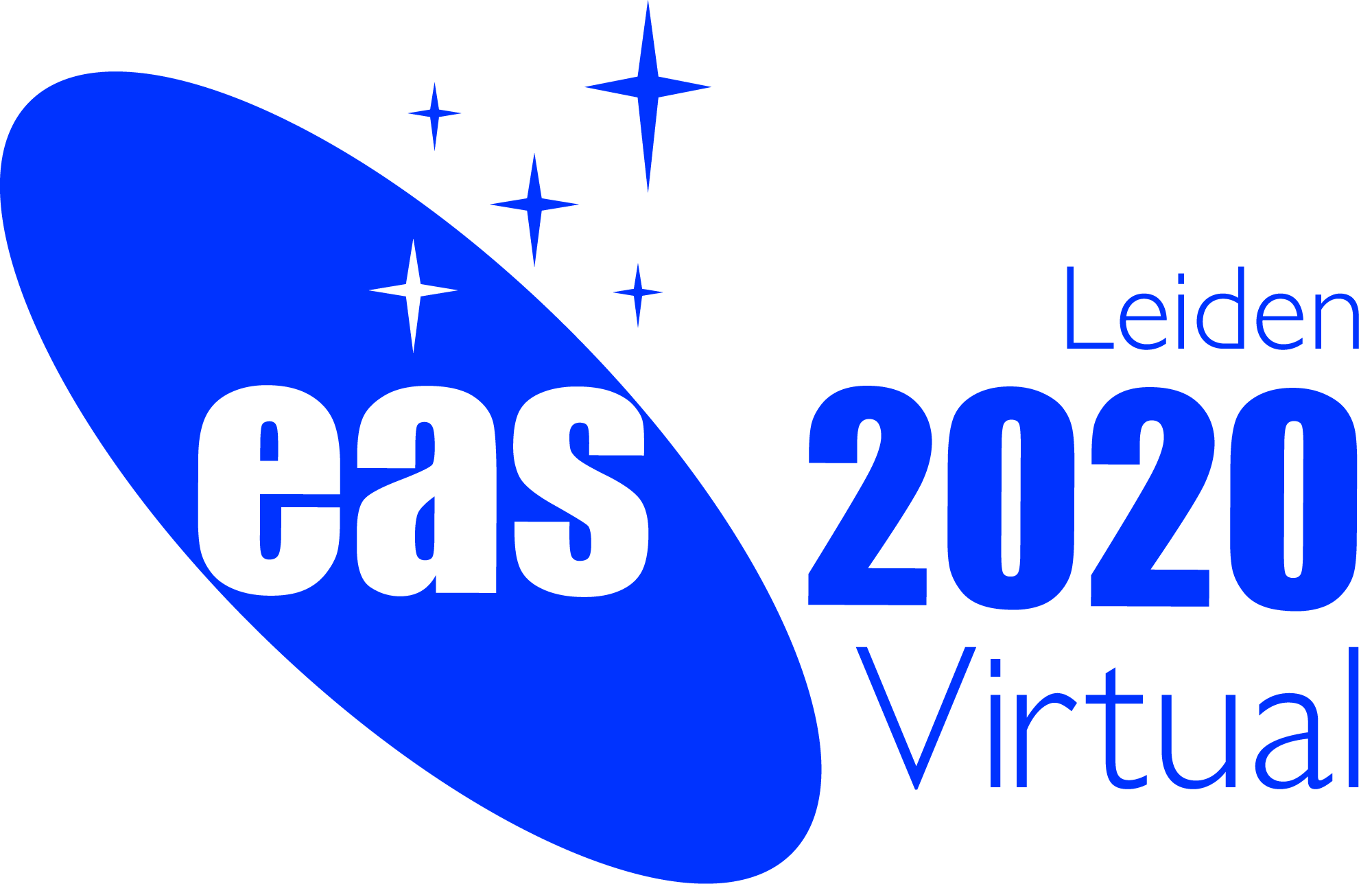Special Session SS7
1 July 2020
Clumpy environment around accreting compact objects:
from stellar-mass accretors to AGNs
Aims and scope
From supermassive black holes in Active Galactic Nuclei to neutron stars and stellar mass black holes in X-ray binaries, accreting compact objects are invaluable probes to study matter in strong gravitational, magnetic and radiative fields. However, the radiation encoding the information about the central regions close to the compact objects is absorbed and scattered by their strongly inhomogeneous environments: clumpy stellar winds of the companion stars in high mass X-ray binaries and clumpy torus-shaped obscurers in AGN. At the same time, the very ionization structure of the environment and the accretion flow themselves are shaped by the engine's radiation.
Despite many advances in both observations and theory, including radiative transfer and clump modeling, open questions remain. Radiative-hydrodynamics simulations unveiled the complex morphology of the flow surrounding the accretor in high mass X-ray binaries and AGNs, revealing variability timescales marginally compatible with the measured ones. Photoinization and stellar atmosphere models still fall short of explaining the observed high resolution spectra of X-ray binaries. Our understanding of the obscuring medium around AGNs is akin, although recent observations and sophisticated models of the inhomogeneous obscurers sheds a new light on the geometry of the torus, its kinematics and its link to the central source.
The AGN and Galactic communities address similar questions but with little communication so far across community boundaries. Since the above problems will soon be exacerbated by the advent of the next generation X-ray telescopes, we are at a crossroads when we need to jointly address the question of the accretion flow properties and of the radiation propagation in a structured multiphase medium. This session thus intends to open the conversation and foster new collaborations which will make use of the complementarity between the properties of X-ray binaries and AGNs to understand the environment around accreting objects and to develop robust theoretical approaches and models in and for both communities.
--> abstract submission
Programme
- Morphology of the accretion flow: disks, torii, clumps, jets and outflows
- Observational signatures of structured accretion environment across the spectrum, spanning from IR to X-ray (e.g. XMM-Newton, Swift, Chandra) and beyond
- Radiative transfer in a multiphase environment: ionization structure of the flow, numerical resolution (Monte Carlo and ray-tracing)
- ... and more ... !
Invited speakers
- C. Ramos Almeida (Instituto de Astrofísica de Canarias)
- M. Leutenegger (NASA/GSFC)
- S. Martínez-Núñez (Instituto de Física de Cantabria)
- S. Hönig (University of Southampton)
Scientific organisers
A. Alonso-Herrero (CSIC/INTA)
M. Brightman (Caltech)
I. El Mellah (KU Leuven, Co-chair)
V. Grinberg (U. of Tübingen, Co-chair)
M. Guainazzi (ESA/ESTEC)
P. Kretschmar (ESA/ESAC)
J. O. Sundqvist (KU Leuven)
Contact
ileyk.elmellah @ kuleuven.be
grinberg @ astro.uni-tuebingen.de
Updated on Wed Feb 19 20:39:56 CET 2020
|

